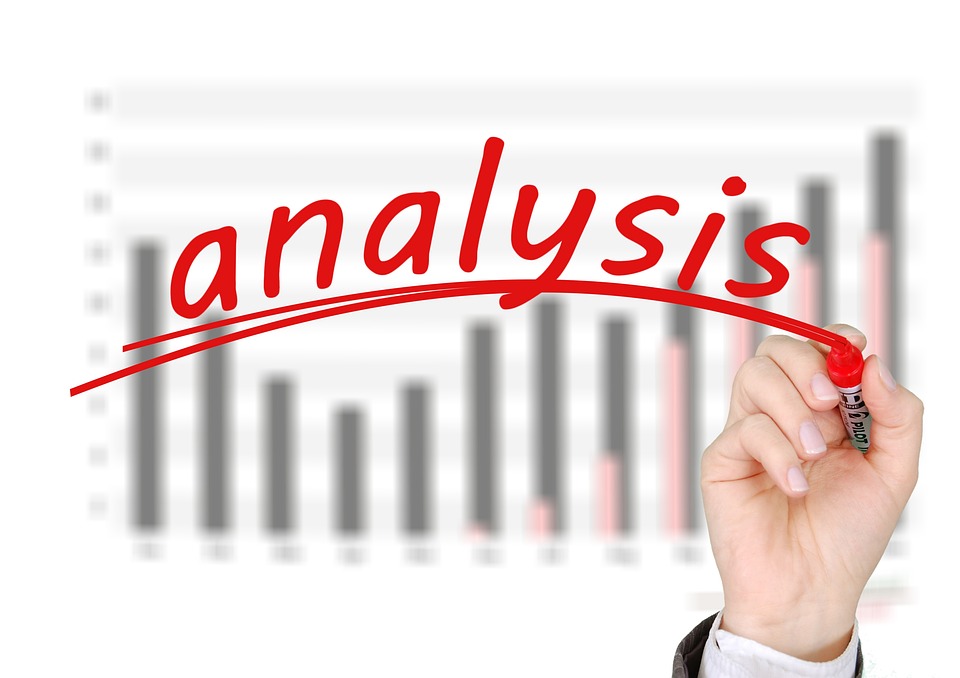Analysis And Intuition In Business Decisions

Image Source: Pixabay
Some decisions are made easily and quickly. They just feel right. Others, though, lead to laborious analysis, long consideration, and uncertainty all through the process. Sometimes the decision itself puts the business leader into one mode or the other, but often the personality of the decision-maker drives the process.
The central question that a successful business leader masters is when to use intuition and when to use analysis, followed by how to use analysis without letting the process devolve into paralysis. As an economist, I have provided input to decisions about marketing strategies, pricing, labor needs, capital expenditures, inventories, and financial structure. I have listened as CEOs and other senior executives made decisions, sometimes fast and sometimes slowly. I often saw that their decisions were not as easy as I had expected them to be.
Intuition feels like the first idea that pops into one’s head. A subordinate asks for permission and frequently the boss answers immediately, without any hesitation or analysis. Or a person may form an immediate answer to a question but also decide to perform a more thoughtful analysis to validate the intuition.
Those of us who are inclined toward analysis are usually skeptical of intuition, seeing it as a lazy way to avoid hard, thoughtful work. But we all make instant decisions in many cases. The traffic light turns green and we pull our foot off the brake. Our mouth feels dry and we reach for water. After setting our left foot on the first step, we place our right foot on the second step, never considering whether this stairway would be a good place to do something different. The key is using intuitive responses in the right situations.
Daniel Kahneman, the psychologist who won a Nobel prize in economics, explained that skill acquisition occurs best in “an environment that is sufficiently regular to be predictable” with “an opportunity to learn these regularities through prolonged practice.” The traffic light turning green is usually a good example, but with exceptions such as fog causing poor visibility or the sound of a siren.
Kahneman cautions, however, that the brain is lazy and will try to make a snap decision when analysis is warranted. And our rational mind may argue that we often over-think decisions, wasting precious energy as well as delaying needed decisions. Fortunately, there are simple techniques that will help decision-makers improve their thought processes, both intuitively and analytically.
Acquiring experience helps and comes naturally, but consideration must be given to the type of experience needed in a particular situation. When a person’s role has changed, old experience may drive intuition, but in a dangerous direction. The short-term stock trader who is asked to make buy-and-hold investment decisions should be cautious about intuitive answers. This poses a great challenges to managers who are promoted to supervise personnel doing different work than the manager is used to.
Recording decisions can help to cultivate the lessons from experience. A simple log might include a brief description of the issue, the person’s initial response—intuition—followed by the actual decision and the result. Writing down entries in the log will reinforce the experience, sometimes to the point that the log need not be consulted.
People working together can do this collaboratively. Consider a manager who wants optimal delegation to a subordinate. A common practice is for a supervisor to outline the decisions the other person is authorized to make and the decisions that should come to the manager. An alternative approach adds another category: decisions that the worker should make but later report to the manager. These would be decisions that won’t be terribly costly if wrong, and which the manager hopes the subordinate can eventually master. The two meet periodically and review the log of decisions the subordinate made alone, with the manager providing feedback. The lower-level employee learns two things. First, whether the decisions are right or wrong from the supervisor’s perspective. Second, the worker learns if the decision has been properly categorized. In some cases, putting a choice in the “make a decision and report” bucket will be incorrect. Perhaps the decision should have been made and not reported, or perhaps the decision should have been elevated to the manager.
Calibration of judgment can help keep a person’s intuition aligned with analysis. For example, a person estimating labor required for a project may make a good guess without developing a detailed work plan. But periodically the estimator should check the off-the-cuff estimates against actual results, or at least against a detailed work-up. The person may find a bias toward high estimates or low estimates. The occasional thorough check will keep the intuition in line.
Making decisions is not just about the nuts and bolts of business issues, such as costs and market opportunities. It’s also about how decisions are made, with a goal of making better decisions, faster and with less effort.
More By This Author:
Electricity Demand By AI Overhyped, Ignores Efficiency GainsArtificial Intelligence And Inflation: A Volatile Relationship
Economic And Business Impacts Of FTC’s Noncompete Ban



